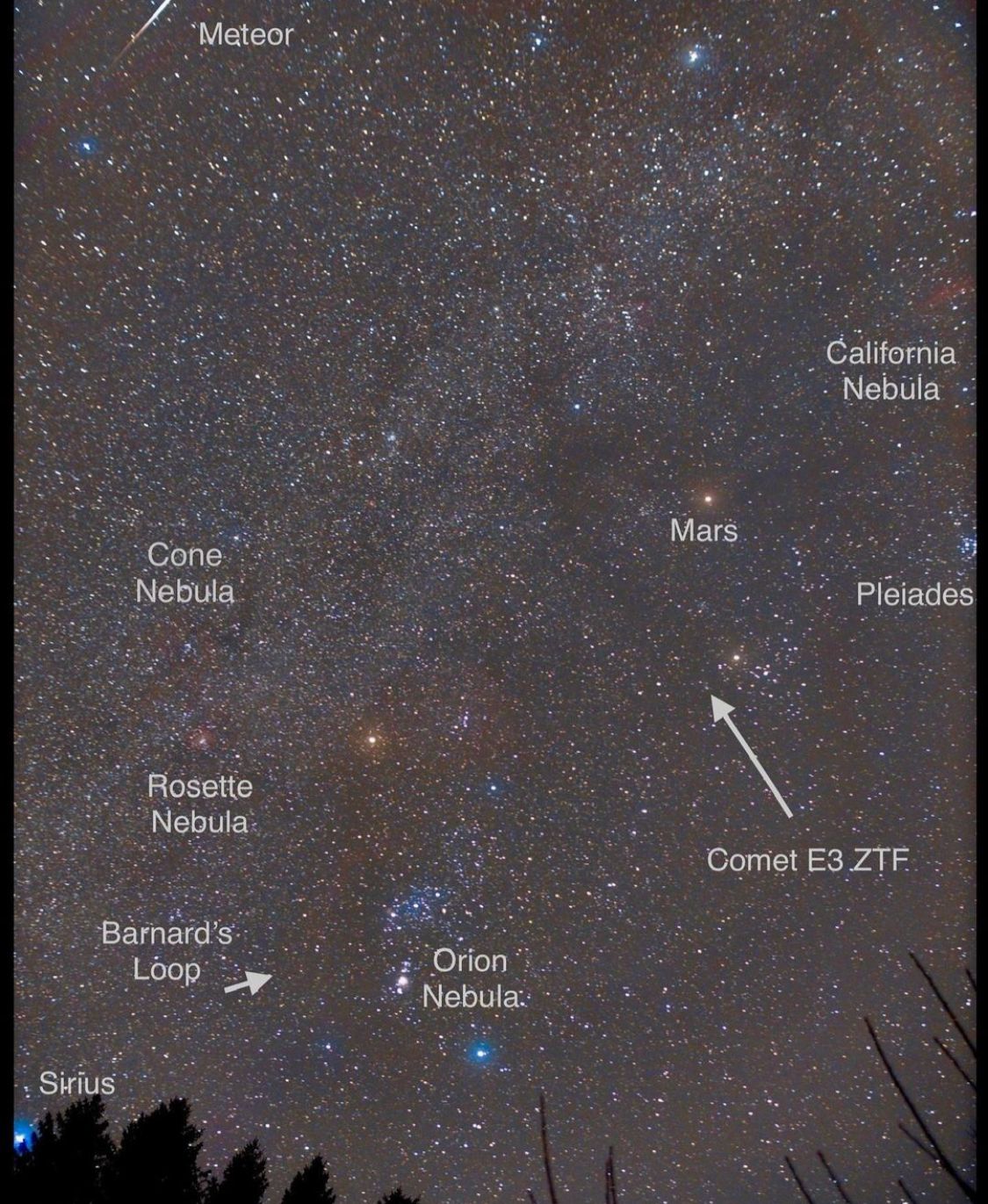The James Webb Space Telescope (JWST) is a large, infrared-optimized space telescope designed to study the early universe, galaxy formation and evolution, and exoplanets. It is a collaboration between NASA, the European Space Agency (ESA), and the Canadian Space Agency (CSA).
One of the ways that JWST studies exoplanets are by directly detecting some of these planets. Directly detecting planets around other stars is challenging, as even the nearest stars are still so far away that their planets appear to be separated by a fraction of the width of a human hair held at arm’s length, and the planet’s faint light is lost in the glare of its host star when trying to observe it.
However, JWST has the right tools for the job: the Near-Infrared Camera (NIRCam) and Mid-Infrared Instrument (MIRI) coronagraphic modes. Webb’s coronagraphs block the light from a distant star while allowing the faint planet light through to reach its sensors. JWST’s large primary mirror and infrared capabilities mean that its coronagraphs are uniquely suited to study faint objects in the infrared and will complement other instruments currently observing at other wavelengths. Additionally, JWST’s ability to measure the pattern of residual starlight and subtract it from the science image further improves its ability to detect faint exoplanets.


